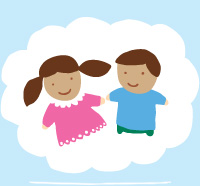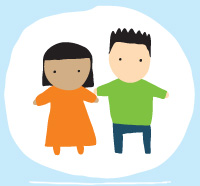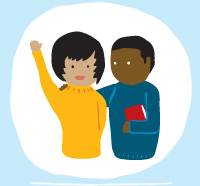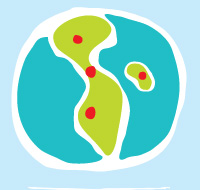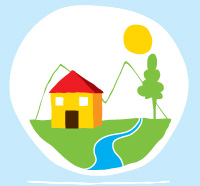
WHY is Community Resilience important?
- Every $1 invested in disaster risk reduction is equivalent to $5 - $10 in a disaster response.
- Institutional fatigue is overwhelming international humanitarian agencies who respond to natural and human disasters. More emphasis needs to be placed on risk reduction initiatives to relieve this burden.
- Investing in Disaster Risk Reduction directly contributes to the achievement of the UN Sustainable Development Goals (SDGs).
- Slow-onset crises, provoked by food insecurity and climate change, are expected to increase in coming years, which is likely to contribute significantly to instability in communities living at or below the poverty line.
WHAT is Community Resilience?
- According to the WV’s Community of Practice, Community Resilience is the capacity of a community to
- Absorb stress or destructive forces through resistance or adaptation
- Manage or maintain basic functions and structures during shocks or disasters
- Recover after a shock or disaster
- World Vision seeks to achieve community resilience, placing it as one of six work objectives. This objective specifically sets out to assist communities in offsetting risks, mitigating against shocks, and decreasing vulnerabilities and injustice that they and their children face.
Resilient Practices Modules
“What good are decades of development advances if one single adverse natural, socio-natural or social event could wipe it all out overnight?” Seeking to help girls, boys, adolescents and youth, their families and communities become more resilient to shocks, stress factors and disasters.
- Community Resilience Project Phase 1
- Community Resilience Project Phase 2
- Resilient Practices – Transition and Sustainability
- DIPECHO VIII South America, Perspectives in the implementation of HFA in South America
- DIPECHO IX Central America, Protecting Vulnerable Groups in Central America, through the Incorporation of Protection Principles in Preparedness and Response.
- DIPECHO Hispañola (Proposal)
- Unaccompanied Children (UAC) Crisis Migrant Response
- OFDA Rapid Responders and Resilience Panama
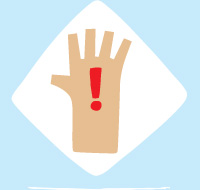
Resilience in Situations of Chronic Violence
For adolescents, youth and adults, community or NGO leaders
Request module
Crosscutting Themes Module
Gender, Child Protection, Disabilities, HIV/AIDS/Health and Environment
Request module
Formal Education & DRR
Guidelines to address DRR issues in the context of formal education
Request module













